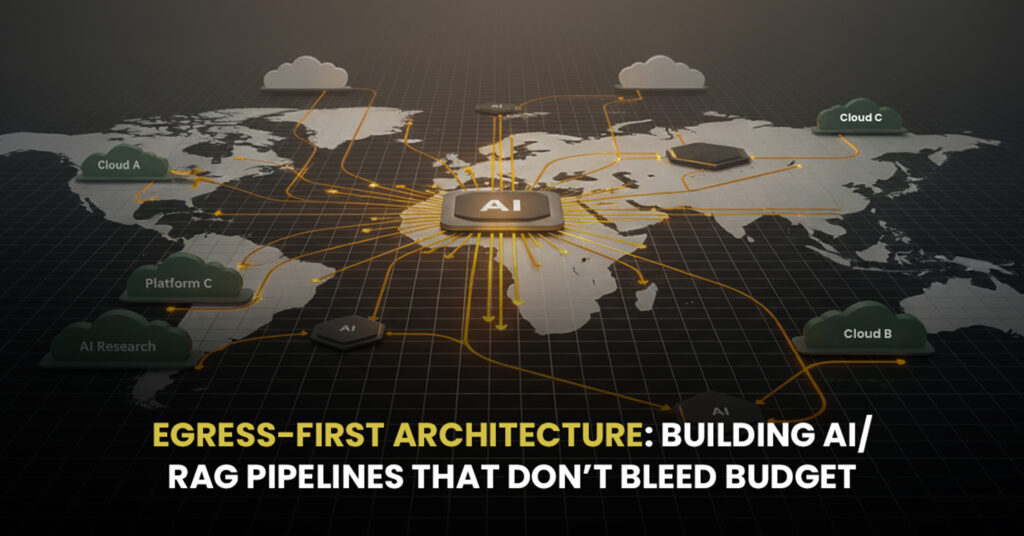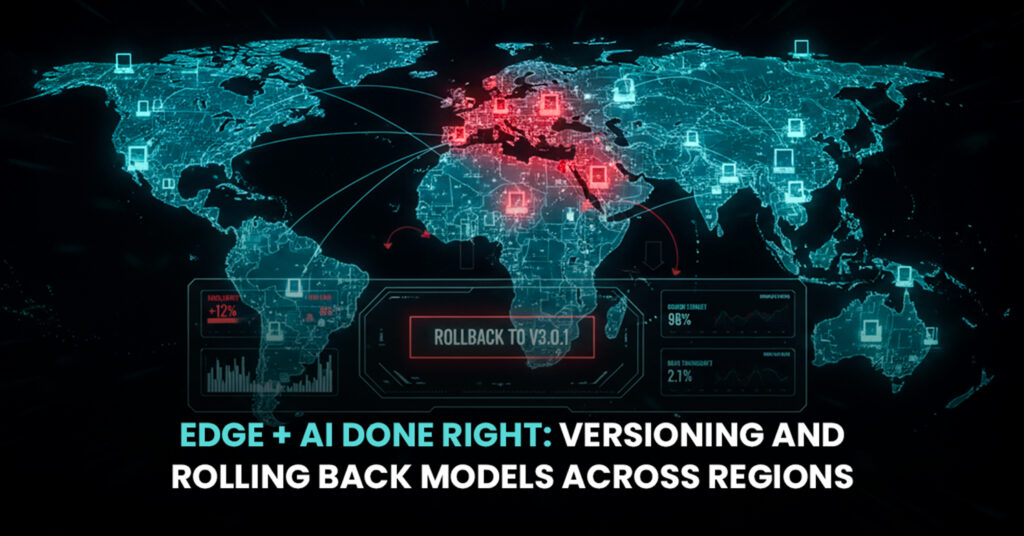In the ever-evolving landscape of cloud technology, it’s easy to overlook a key ingredient in successful cloud deployment: preparation. Imagine you’re about to launch a rocket, would you just hope everything works once it’s in the air? Of course not! You’d simulate every step, every function, and every possible scenario. The same logic applies to your cloud deployment. That’s where Digital Twin Infrastructure (DTI) comes in, offering a digital rehearsal before the big show. Let’s dive into how DTI is transforming the way businesses approach cloud deployment and how it can save you from some serious headaches down the line.
What is a Digital Twin?
Picture this: you’re in a virtual world where everything in your cloud environment servers, networks, databases, applications is replicated. Every virtual piece mimics the real-world setup you’re planning to deploy. That’s what a Digital Twin is all about. Originally used in industries like manufacturing to simulate physical products, it’s now making waves in cloud technology.
When we talk about Digital Twin Infrastructure, we’re referring to the exact virtual replica of your cloud environment, running simulations, monitoring performance, and stress-testing resources long before anything goes live. Essentially, it’s your very own rehearsal space to make sure your cloud deployment performs as expected when the curtains rise.
Why Simulating Your Cloud Environment is Crucial
You wouldn’t perform an orchestra without rehearsals, so why would you deploy a complex cloud infrastructure without testing it first? Simulating your cloud environment allows you to foresee and address potential issues before they turn into costly problems.
Without simulation, you risk encountering:
- Performance failures when demand spikes unexpectedly.
- Security vulnerabilities that could expose sensitive data.
- Unnecessary costs due to resource mismanagement.
In short, skipping the simulation phase is like playing with fire in the cloud world. Digital Twin technology helps you prevent these risks by offering valuable insights into how your infrastructure will behave under various conditions. You get to troubleshoot potential issues in a controlled, virtual environment and optimize performance well before deployment.
Key Benefits of Digital Twin Infrastructure in Cloud Deployment
Now that we understand what DTI is, let’s talk about how it can transform your cloud deployment process. Here’s why Digital Twin Infrastructure is a game-changer:
1. Risk Reduction
Every cloud deployment comes with risks, whether it’s overloading your servers, facing security gaps, or underperforming applications. A Digital Twin allows you to simulate different stress tests, attack vectors, and other potential pitfalls. By catching these problems early, you can prevent major issues from derailing your cloud experience.
2. Cost Efficiency
When something goes wrong in a cloud deployment, the cost can be astronomical. From downtime to slow performance, these issues add up quickly. With DTI, you can predict the costs of scaling, resource usage, and system performance, helping you make smarter, more cost-efficient decisions. No more throwing spaghetti at the wall and hoping something sticks!
3. Performance Optimization
What if your cloud environment could “learn” how to perform optimally? Digital Twin Infrastructure allows you to simulate different scenarios high traffic, security breaches, and application crashes and fine-tune your cloud resources for the best possible performance. This means you can deploy an environment that’s ready to handle anything without surprise failures.
4. Continuous Improvement
The beauty of DTI doesn’t stop at deployment. Once your cloud infrastructure is up and running, you can continue monitoring and improving it. Whether it’s adjusting workloads or optimizing for better performance, your digital twin remains a dynamic tool that helps your cloud ecosystem evolve over time.
Real-World Applications of Digital Twin Infrastructure
The power of Digital Twin Infrastructure isn’t just theory, it’s already making waves in various industries. Take a look at how businesses are applying it in the real world:
- Healthcare: In healthcare, where data security and system reliability are paramount, DTI allows for seamless testing of electronic health records (EHR) systems and patient management software before rolling them out.
- Finance: In the financial industry, where performance and security are critical, Digital Twin technology helps simulate transaction volumes, stress-test security measures, and optimize resource allocation to ensure seamless banking experiences.
- Manufacturing: For companies reliant on complex supply chains and production processes, DTI offers the opportunity to test how new systems or infrastructure changes will impact operations, ultimately reducing downtime.
How Oracle Cloud Supports Digital Twin Technology
Oracle Cloud Infrastructure (OCI) plays a pivotal role in enabling the next level of Digital Twin technology. With its extensive scalability, top-notch security features, and AI capabilities, OCI provides the perfect platform for creating and running Digital Twin simulations.
Oracle’s Autonomous Database, AI-powered machine learning, and Oracle APEX are game-changers when it comes to developing smart, predictive models. With Oracle Cloud, your simulations will not only run efficiently but can also leverage AI and data analytics to improve decision-making during the simulation phase.
Implementing Digital Twin Infrastructure in Your Cloud Deployment
Wondering how to get started with Digital Twin Infrastructure? Here’s a roadmap:
1. Create Your Virtual Replica
The first step is building a digital twin of your cloud environment. This involves setting up virtual representations of your cloud infrastructure, including networks, applications, servers, and databases.
2. Run Simulations
Once your virtual environment is ready, run simulations based on different scenarios, such as high traffic loads, system failures, or security threats. This helps you pinpoint areas of improvement and optimize performance.
3. Monitor and Adjust
Even after deployment, continue to monitor the performance of your Digital Twin. As your cloud environment scales, run additional tests to ensure everything remains in top shape.
The Future of Digital Twin Infrastructure in Cloud Computing
As we look ahead, Digital Twin Infrastructure will continue to evolve, powered by advancements in AI, machine learning, and real-time data integration. The future will see even more advanced simulations, with DTI integrating seamlessly into multi-cloud and hybrid cloud environments, offering businesses unprecedented insight and control over their cloud ecosystems.
Conclusion: The Road to Smarter, Smoother Cloud Deployments
In the fast-paced world of cloud computing, adopting Digital Twin Infrastructure is no longer a luxury it’s a necessity. By simulating your cloud environment before deployment, you reduce risk, optimize performance, and save both time and money. It’s the smart way to prepare for cloud success, ensuring that when you finally hit “deploy,” everything goes off without a hitch.
Ready to get started? At Cloudserv Systems, we’re here to help you integrate Digital Twin technology into your cloud strategy, ensuring your deployments are as smooth, efficient, and innovative as possible. Reach out today to learn how we can help you revolutionize your cloud journey with Oracle Cloud Infrastructure and Digital Twin simulations.



